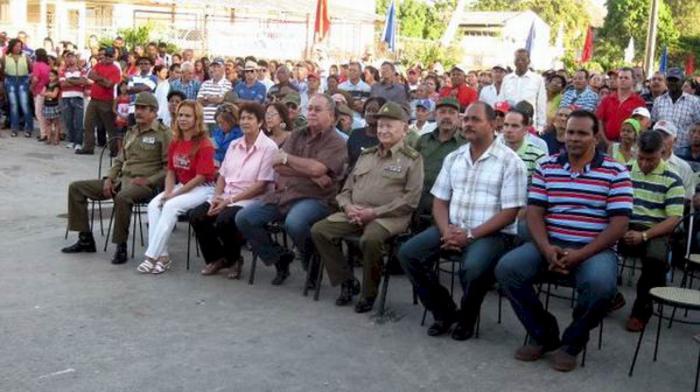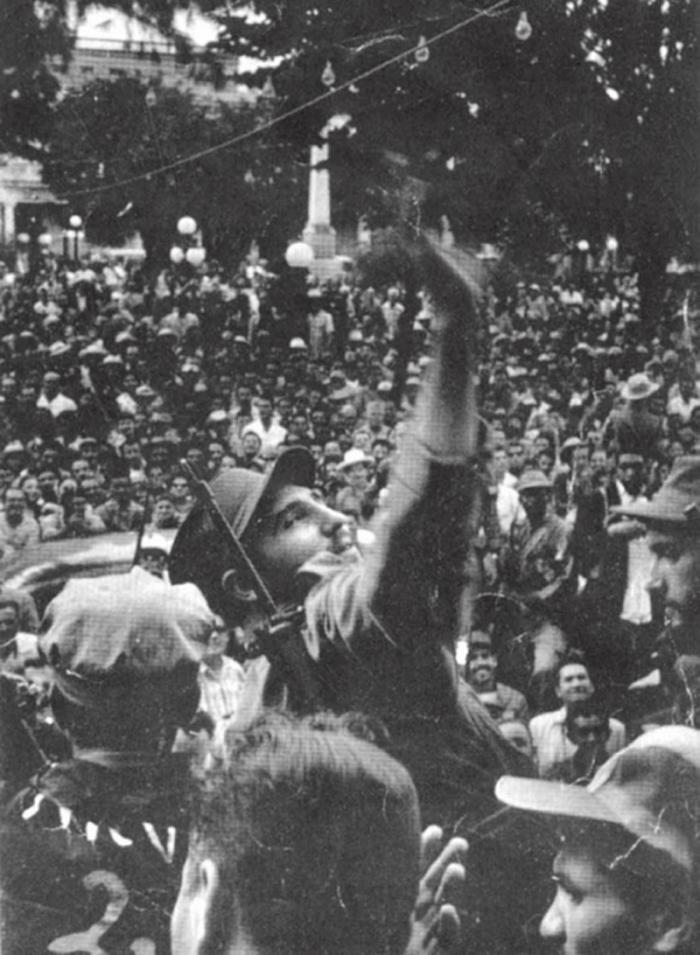
SANTIAGO DE CUBA.— With activities to benefit the community, this December 30 in the province of Santiago de Cuba, the historic Battle of Maffo will be commemorated. After 20 days of fighting, the battle saw the territory between this city and Bayamo, in the former Eastern region, emancipated by guerrilla forces. In the municipality of Contramaestre, schools, health centers and gastronomic services were renovated to also celebrate January 1st, the 56th anniversary of the triumph of the Cuban Revolution.
Odalis Chávez, first secretary of the Communist Party of Cuba (PCC) in the area, explained that to mark the date they have erected signs at historic sites, embellished streets and parks and held meetings between students and workers with relatives of combatants of this great battle.
She noted that the territory had excelled in production at the Rolando Ayub Coffee Processing Plant, located in the former Agricultural and Industrial Development Bank of Cuba (BANFAIC), one of the scenarios of the historic victory, with almost 70 percent of the grain destined for domestic consumption and export.

At the América Libre sugar mill, the start of the sugar harvest has been brought forward to January 10, 2015, with the preparation of the necessary equipment, workforce and raw materials already in place, and in 2014 Contramaestre was recognized as the largest producer of corn for pig feed, among other achievements, Chávez added. Today a political-cultural event will take place with the attendance of some 600 locals at the BANFAIC, where on December 30, 1958, at 5.30p.m., the guerrilla columns overcame the Maffo fortress, military enclave of the Fulgencio Batista tyranny in the east of the island.
Enemy battalions and garrisons forced from Contramaestre and the América Libre sugar plant put up resistance as they awaited reinforcements which failed to arrive and, in recognizing the futility of their insistence, the oppressive forces ultimately surrendered. The support from air forces, which bombed and strafed the town, killing three children, was to no avail. The Commander of the Revolution, Guillermo García Frías, a protagonist of the rebel victory recalled, on the 55th anniversary of the battle, that on that day he had departed with a mission to surround the barracks of Santiago airport, in order to allow for the arrival of the three guerrillas fronts into the city. Fidel received news of the escape of the tyrant Batista whilst in Maffo, “then all the garrisons surrendered, we felt happy to be in the city and on route to the capital of the country having avoided more bloodshed,” García Frías explained.
Also a member of the Central Committee of the PCC, García Frías then recalled how hours later in Santiago de Cuba, more than 5,000 rebel troops occupied the Moncada Barracks, the second military stronghold of the country where the armed struggle had commenced on July 26, 1953. From this city, on a balcony of the old Town Hall in Céspedes Park, Fidel Castro, in his capacity as leader of the 26th of July Movement and Commander in Chief of the Rebel Army, delivered a historic speech which confirmed the triumph over the troops of dictator Fulgencio Batista. (AIN)















